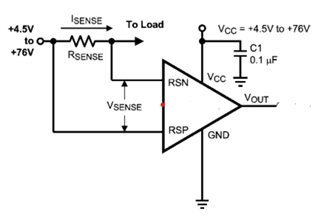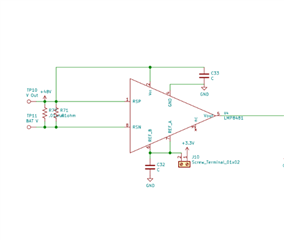Hi Experts,
Seeking your assistance on this query from Cx:

Rsense =0.03 ohm
If I try the first 0.03-ohm Rsense, 12v supply, and load current below 0.5A I get the expected LMP Vout according to the equation:
VOUT = (VRSP – VRSN) * Av ) + VREF.
Then when I changed the power supply to 42v and load current 2A I got a constant wrong Vout of 1.67v but the expected Vout is 6v the reason behind this?
Regards,
Archie A.



